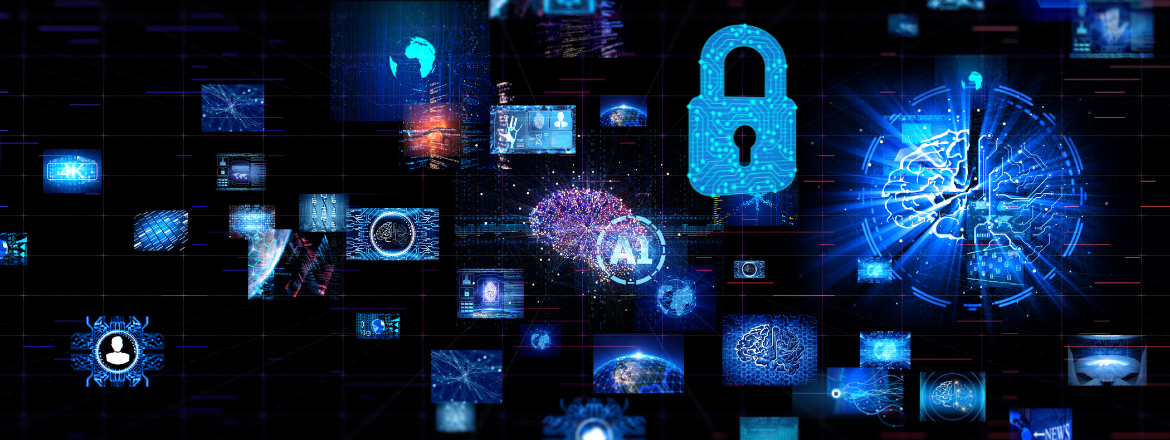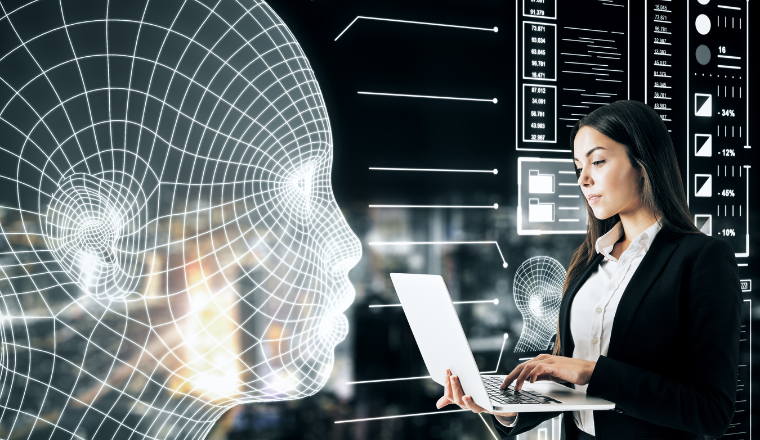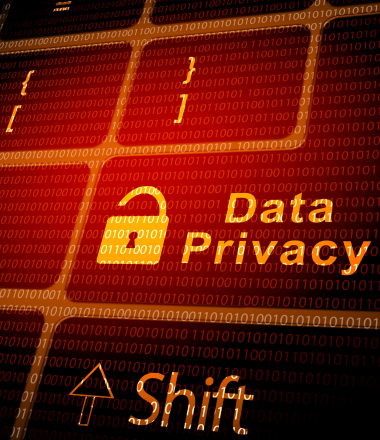Intellectual Property Protection for Artificial Intelligence

Table of Contents
Intellectual Property Protection for AI - Introduction
Just like the Industrial Revolution of the mid-18th century, the integration of AI into our corporate, academic, and personal lives has seen a significant increase at an unprecedented rate. Without a doubt, the future is here, bringing with it long-term changes in business structures, redefining employment processes, and presenting myriad new prospects.
However, as the new invention develops, a slew of questions follow in its wake. As the infant technology unfolds and remains in its early phases, we are only now beginning to discuss and answer these problems, particularly those related to business ethics and ownership rights in the field of generative AI.
To gain a better understanding of this landscape, it's essential to delve into the fundamentals of AI, exploring how they are created and their intricate relationship with contemporary intellectual property.
AI in layman's terms
To gain a more foundational understanding of AI, it's helpful to consider some key principles. Firstly, artificial intelligence (AI) is neither truly intelligent nor sentient. It works on the same principles as any computer program.
A computer programmer writes code that the computer understands and then executes the programmer’s instructions. AI is software that attempts to emulate sentient intelligence by exposing it to gargantuan amounts of data, such as text and images.
With all that information, AI can recognize patterns, establish rules, exercise judgment, and provide responses based on probabilities - determining the most suitable response for a given prompt.
Three Tips for IP Protection in AI
As previously highlighted, incorporating generative AI into your day-to-day activities exposes you to the risk of potentially infringing on another party’s rights.
Despite the autonomy of these systems, some legal frameworks do not hold machines accountable for infringement. That responsibility would squarely rest on the shoulders of any associated stakeholders, such as the owner or developer.
To avoid these predicament scenarios, here are a few tips you can use to assist you with an AI-related innovation.
Tip 1: Don’t use AI prompts that will leak your secrets
Interacting with an open-source AI, such as ChatGPT, can pose a serious threat to your trade secrets. As AI continuously trains itself based on user prompts, utilizing the software with prompts that are in tandem with your trade secrets could inadvertently lead to the exposure of that confidential information to the public. This is precisely what occurred with Samsung in April 2023.
Tip 2: Adhere to Data Acquisition Laws and Data Rights
Suppose you're an AI developer or a business that has commissioned a developer to use an in-house AI. In that case, it is essential to ensure that your software's training model complies with data acquisition laws.
This may involve acquiring the necessary licenses to compensate for any intellectual property that might be utilized or sharing revenue with the rights holders of the data generated by the AI tool.
Tip 3: Assess whether your invention is patentable
If you are contemplating patenting your AI-related innovation, it is crucial to determine whether the inherent nature of the invention qualifies for patent protection in the first place. This can be a nuanced process, especially as patents related to AI can differ across territories.
Therefore, thorough research is important to determine the most suitable countries for patent applications. Enlisting the assistance of an intellectual property specialist can help facilitate this process with ease.


The AI and IP Dilemma
Examining the key principles of intellectual property (IP) alongside how AI is trained can make them appear at odds with each other. Intellectual property is designed to encourage creativity and innovation by promising protection for these ideas.
In contrast, AI training frequently entails the use of works of literature, photographs, studies, and tons of other content without the authorization of the original creators, leaving a lot of room for potential infringement.
Furthermore, the mannerism in which the AI is trained sparked a debate about whether the data used requires consent from the original authors. Despite broad vocal resistance to how AI is given this information, intellectual property legislation has yet to catch up with technological advancements in that aspect.
When it comes to establishing ownership for machine-generated works, on the other hand, copyright statutes appear to be blurry.
To elaborate, the primary challenge stems from the requirement of authenticity within copyright law. For example, in the U.S., copyright necessitates the involvement of a human author in the creative process.
As a result, if content generated by AI is created without said involvement, then granting copyright to the works will become highly unlikely. Hence, if the produced work cannot be linked to an authentic human author, it will likely fall under the public domain.
Conclusion
While AI has revolutionized our daily lives, it also carries the caveat of being a double-edged sword.
Therefore, in these times, it is more crucial than ever to learn how to handle this new technology with diligent care, particularly in terms of safeguarding sensitive data and avoiding infringement on the rights of contributing authors whose work played a role in creating it.
Given that AI is still in its infancy and evolving rapidly, it may take some time for intellectual property legislation to be clear-cut in its regulation of this technology.
Hence, it is always wise to ensure that you have the assistance of IP specialists when dealing with your AI-related innovation. If you would like to learn more about intellectual property protection for AI and other related queries, drop us an email at [email protected] for a complimentary consultation.
Frequently Asked Questions
What is AI in simple terms?
AI, or artificial intelligence, operates as computer software that mimics intelligent behavior by processing vast amounts of data to recognize patterns and make decisions.
How does AI work?
AI works based on computer code, where programmers instruct computers to process data, recognize patterns, establish rules, and make decisions.
What are the tips for IP protection in AI?
a. Avoid using AI prompts that may leak trade secrets.
b. Adhere to data acquisition laws and data rights.
c. Assess the patentability of your AI invention.
Can AI infringe on intellectual property rights?
Yes, there is a risk if AI is used without proper precautions, potentially infringing on copyrights and trade secrets.
How can I protect my trade secrets when using AI?
Avoid using AI prompts that may unintentionally expose confidential information.
What legal considerations apply to AI developers?
AI developers must comply with data acquisition laws, secure necessary licenses, and assess patentability.
Is AI subject to copyright laws?
Copyright laws for AI-generated content are currently unclear, and ownership may be challenging to establish.
Can AI-generated works obtain copyright?
Challenges arise due to copyright laws requiring human authorship; AI-generated works may fall into the public domain.
What challenges exist in AI and intellectual property?
Challenges include potential infringement during AI training and the ambiguity of copyright ownership for machine-generated works.
How can I navigate AI-related intellectual property concerns?
Seek assistance from intellectual property specialists to address legal considerations and safeguard your AI-related innovations.






